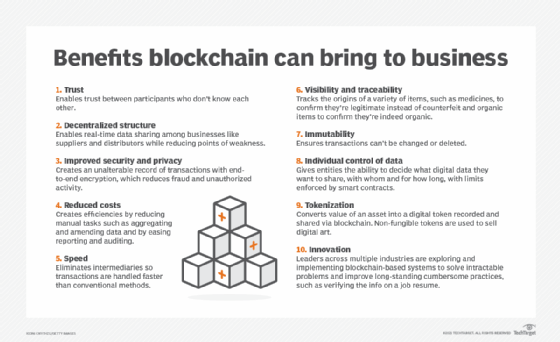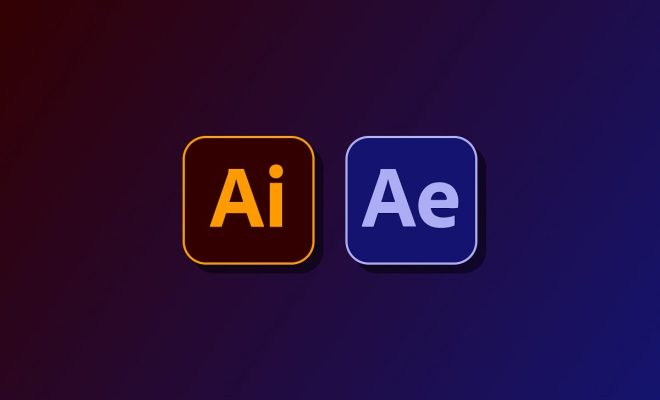Campus vs. Online: Where is the Future of Education Located?

With the ever-onward march of technology, we’ve seen so many different aspects and processes in our society changed and streamlined, made to run far more efficiently. While specific jobs have been made obsolete, new jobs have been created because of the new opportunities and technological breakthroughs we’ve made as a collective society.
Education has been slower to accept change, with much reliance on the traditional teaching aspects still being used today. However, that doesn’t mean there hasn’t been any progress, and as people are coming around more and more, we see new ways to more efficiently teach and reach out to students so that everyone has an opportunity to excel.
However, many are uncertain about the future of education and are hesitant about physical schools. Today we will be discussing online schooling versus campus schooling.
Online Schooling
There are many different advantages to having your education-based online. From working and learning remotely to having access to on-demand resources at all times of the day, online schooling offers many different opportunities, especially with the use of various LMS applications such as Pedagogue.
Pedagogue is an excellent example of learning management systems that can help teachers and students connect and work online together. Using a specialized social media network, you can use Pedagogue and other similar LMS to streamline the e-learning process.
While there are big pushes for e-learning, there are some hefty costs and disadvantages involved. For example, it requires a lot of money for the infrastructure and relies on everyone taking part to possess the technology needed and be knowledgeable in its use.
Then there is also the additional responsibility for the students to focus on online learning when in an environment that isn’t always conducive to focus, such as their bedroom.
Campus Schooling
There is still something to be said for traditional classroom learning. While it may be dated and not cater to many modern children’s needs, it also allows teachers to regulate their teaching and ensure that every student is present for their lessons.
However, the main problem is that it is very dated and doesn’t cater to every student’s needs. Sure, your students may be present; however, they might be struggling because the traditional classroom setting isn’t suitable for them.
Not everyone does well in those highly social environments having to work at the pace of a group of people. E-learning changes the setting from group learning to one-on-one learning without the pressure of pacing.
Blended Schooling
At the moment, a mixed learning environment is often seen as the best option. This is because it merges the best parts of both worlds into one hybrid teaching style to manage an entire classroom and regulate your classes while still having the ability to cater to the individual’s needs.
There are plenty more reasons why, for the time being, this is the best option for teaching (You can read about a few here) and why we think this may be the way to go going forward.
Concluding Thoughts
There is no way to predict the future, but we can make some educated guesses. Whether or not education remains campus-based or becomes entirely online, it’s doubtful one will be chosen instead of the other. Blended schooling looks to be the best path, as it will be the most accessible for all, which is really what we need to worry about: providing ample opportunity for all to excel.






